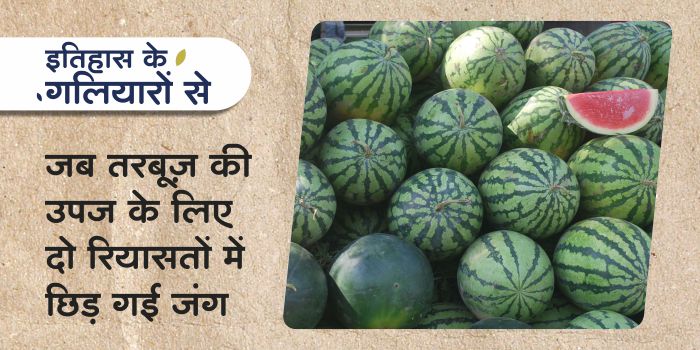Watermelon is cultivated by many farmers nowadays and they also get good benefits from it. But do you know that once in history war broke out between two princely states because of melon cultivation? Yes, this incident actually occurred in Rajasthan in the year 1644 AD when a war broke out between Bikaner and Nagaur princely states for the harvest of watermelon and thousands of soldiers were killed.
The conflict between two farm owners for the melon crop grown on the border of Bikaner and Nagaur princely state was the reason for the beginning of this war. Actually, watermelon crop was planted in the last village of Bikaner state. This watermelon vine went to the spreading village of another princely state. When the melon fruits started growing, then there was this war for claim on the same fruit. In this war, the princely state of Bikaner was won and the soldiers of Nagaur were badly defeated.
Source: News 18
Share








